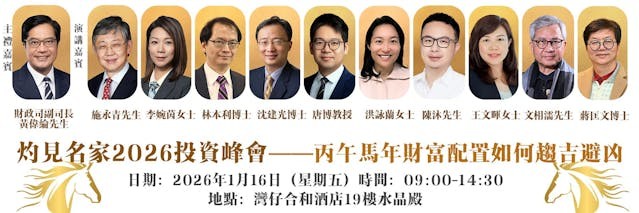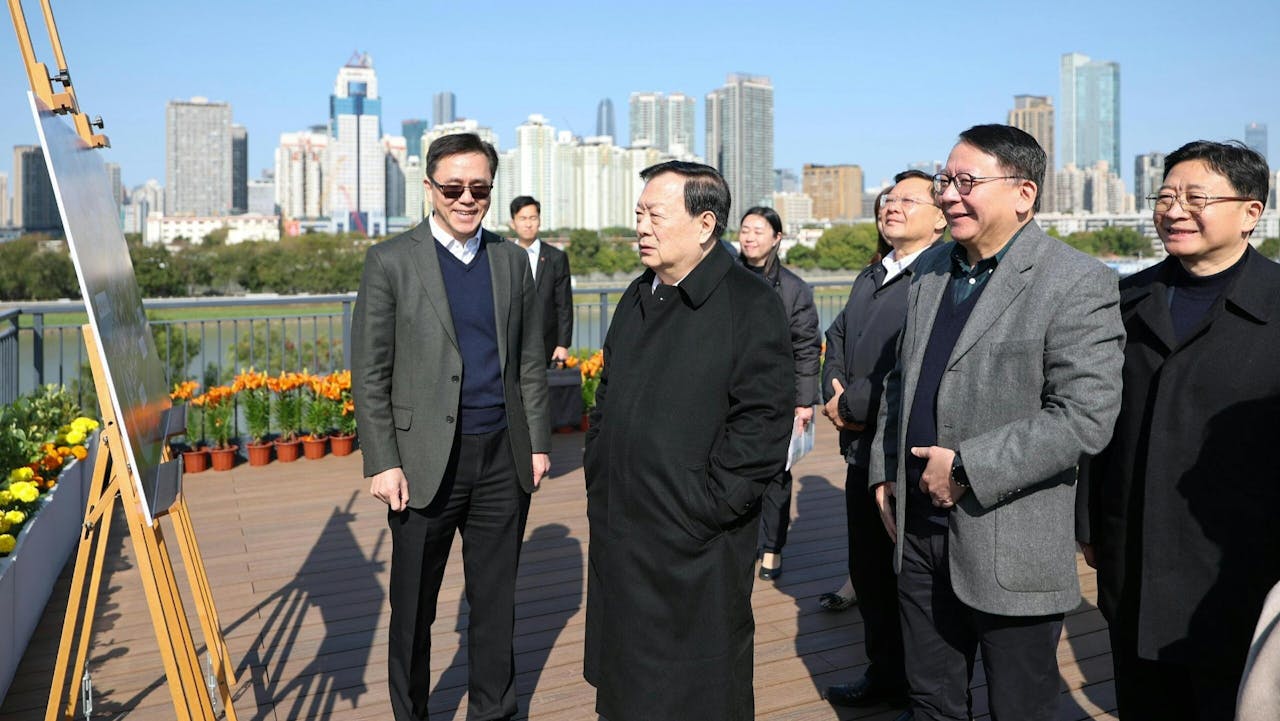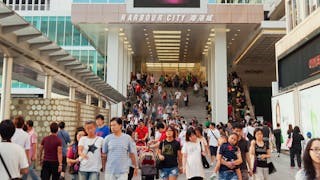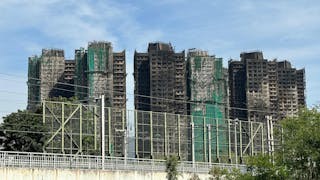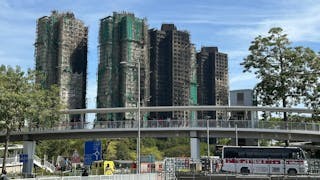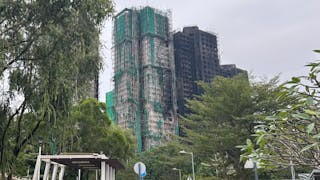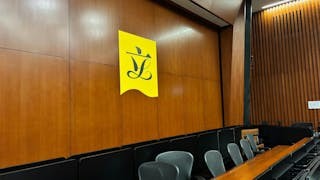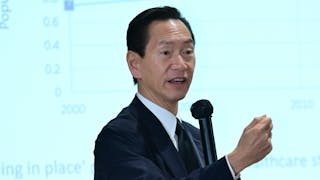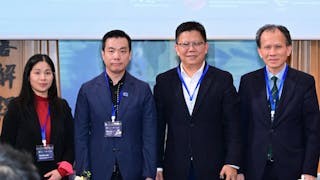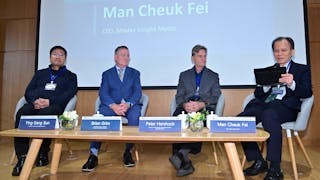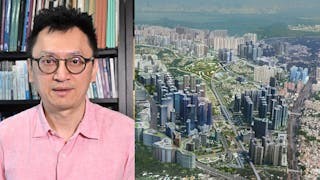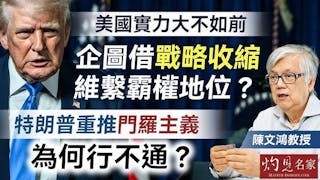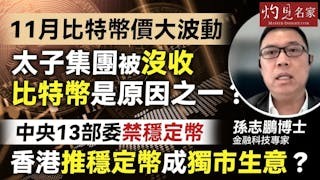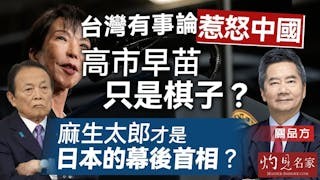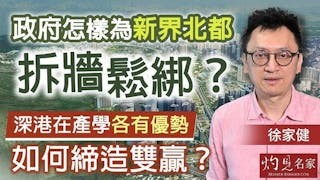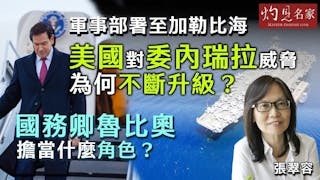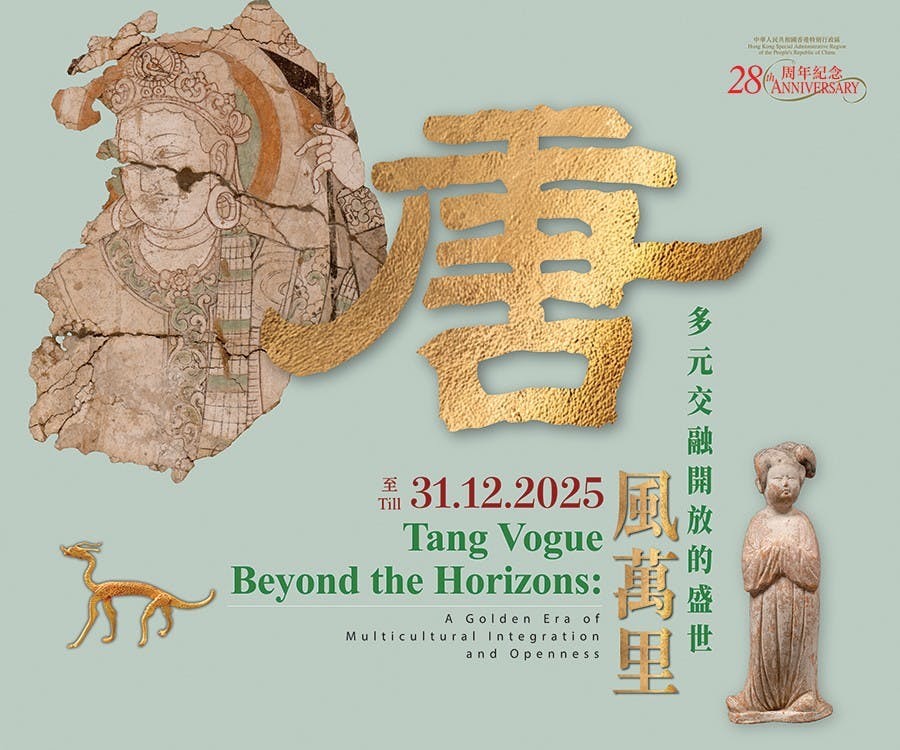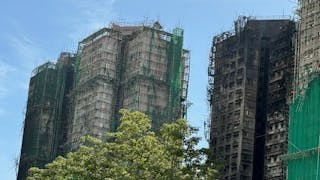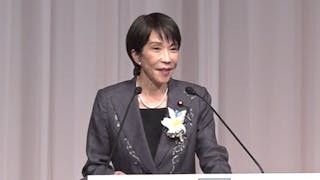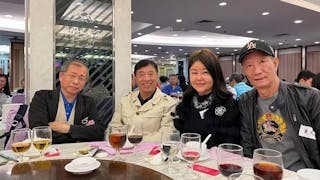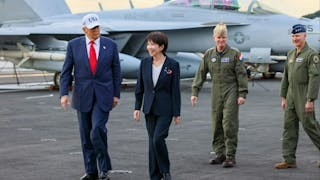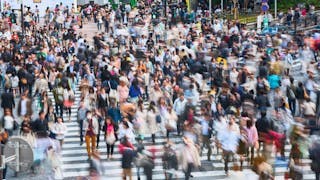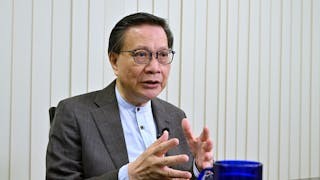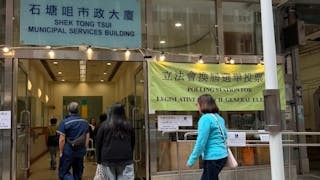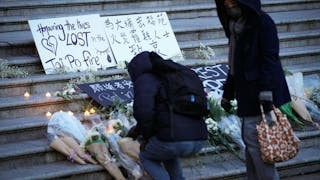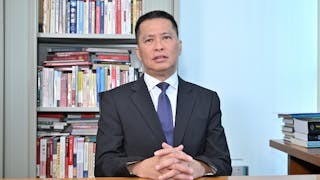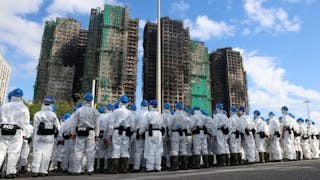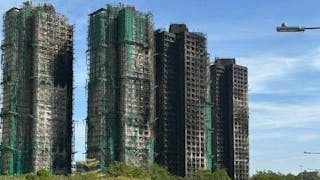中央港澳辦、國務院港澳辦主任夏寶龍於2月8日至10日考察深圳前海、鹽田港和河套,這不僅有利香港特區的政治經濟發展,而且對香港加快融入大灣區的需要具有重大意義。
2月8日,夏主任考察河套深圳園區規劃建設、參觀深圳高新技術企業及河套香港園區。顯然他對河套地區的規劃、進展和高科技發展很感興趣,預計香港與深圳的合作將比以往更加緊密和便捷。
2月9日上午,夏參觀了位於河套香港園區,並考察高技術人員如何經由皇崗邊境檢查站進入河套地區。此外,夏聽取了署理行政長官陳國基和財政司司長陳茂波介紹新界北部都會區及香港園區的規劃和發展情況。
夏於下午前往深圳國際仲裁院,並與香港主要官員進行了四個小時的討論,聽取他們的匯報,包括陳茂波即將於本月底提交的《財政預算案》。
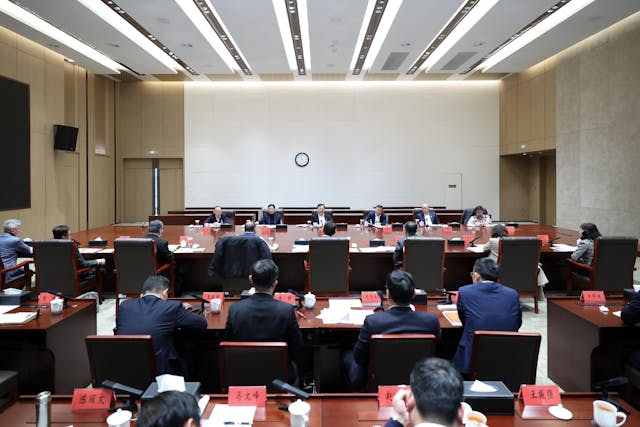
貫徹落實二十屆三中全會精神
在與香港官員會面時,夏告訴他們「勇於改革、敢於破局、不斷創新」,又希望特區政府貫徹落實國家主席習近平視察澳門重要講話和中共二十屆三中全會精神。夏與香港官員討論了香港特區如何加速改革開放、加強與廣東合作、深入融入大灣區。
陳茂波表示,香港政府決心進行改革,融入國家發展規劃,對接國家發展策略。他表示,在日益複雜的外部環境中,香港將統籌發展與安全,維護金融和經濟安全,推動經濟加速發展。
2月14日,行政長官李家超在結束哈爾濱之行後表示,香港與深圳合作開發河套區及北部都會區的進程要加快進度、提質、提量。他的演講呼應了夏關於香港需要更大膽、更快地開發北部都會區、河套以及與深圳前海合作的意見。
同一場合,中聯辦主任鄭雁雄也向中國企業發出呼籲,敦促他們利用香港獨特優勢,擴大對港投資,優化業務布局,積極參與北部都會區的建設,全力支持鞏固香港金融、航運、貿易和國際科技創新中心的地位。
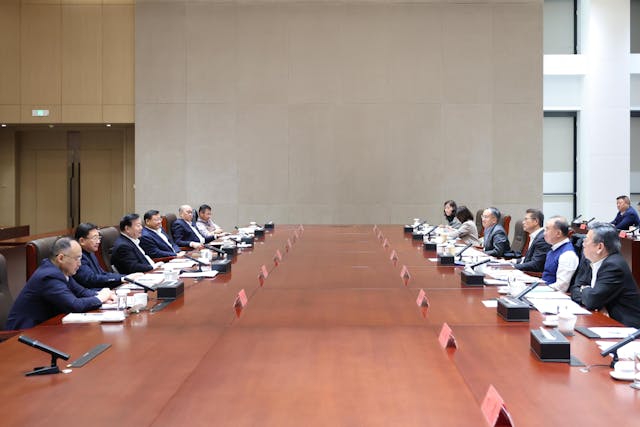
應對關稅戰 香港須重新定位
李家超和鄭雁雄都提到,香港要對內(中國內地)聯繫和對外(世界)聯通,希望在特朗普政府向全球發起關稅戰之下,香港重新定位與包括中國在內的世界許多經濟體的關係。
毫無疑問,中央政府認為香港更快、更深入地與大灣區融合,特別是新界北部都會區向河套的擴張,以及與深圳和前海的融合,都是香港應對迫在眉睫的關稅戰帶來經濟衝擊的必要手段。陳茂波與夏會面後的演講中使用了「金融安全」一詞,暗示負責香港事務的中國最高官員可能已經討論了中美經濟競爭對香港的影響,香港應抓住當前加速與深圳融合的黃金機遇。
其次,夏在訪問深圳和河套之前先到前海考察,確實是習主席在澳門成立25周年慶典上重要講話的後續行動。習主席表示,香港、澳門實行一國兩制已進入新階段,必須以提升品質發展、對接國家發展藍圖來推動經濟成長。
第三,夏訪問橫琴和深圳發出了明確的訊息,即澳門和香港在中國南方發展的政治經濟中扮演不同的角色。澳門將維持休閒旅遊業,同時實現經濟多元化,擺脫先前過度依賴賭場資本主義。
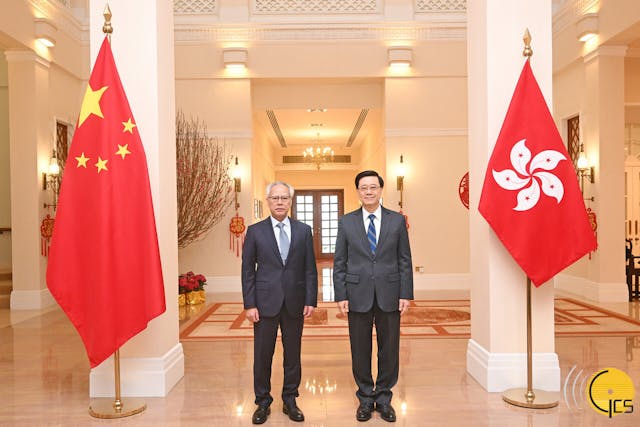
受財赤影響 有必要動員內企
第四,鑑於目前香港政府的規劃受到財政赤字的影響,內地企業的動員對於北部都會區的發展是不可避免且必要的。
在中央心目中,香港與深圳、前海的深度更快融合,澳門與橫琴的同步推進,是北京國家發展藍圖中不可或缺的一部分,香港、澳門的潛力和優勢將得到最大限度的發揮,而其短板則需要內地廣闊的地理空間、大量的人才和強大的科技支撐來彌補。
香港、澳門的管治菁英必須充分掌握北京中央的戰略思維,在未來幾年更快、更深地推動與大灣區的社會經濟融合進程。這樣,任何全球和區域經濟形勢惡化,包括可能發生的中美貿易戰和科技戰,都將有助於香港和澳門在未來幾年保持經濟發展,保持競爭力,並將其技術和經濟利益轉移到大灣區,實現雙贏。
Xia Baolong’s visit to Qianhai and Hetao and immediate follow-up appeals
Xia Baolong, the director of the Hong Kong and Macau Affairs Office, visited Shenzhen’s Qianhai, Yantian Port and Hetao from February 8 to 10 – a visit that had tremendous implications for not only the political economy of development of the Hong Kong Special Administrative Region (HKSAR) but also the city’s need for accelerating its integration with the Greater Bay Area.
After Xia’s brief study visit to Hengqin – a region where the Guangdong-Macau In-depth Cooperation is located – he began another important visit to Hetao together with the accompaniment of Hong Kong’s principal officials. On February 8, Xia inspected the planning and development of the Shenzhen Campus in Hetao, and he paid a visit to a Shenzhen high-tech company and the Hong Kong park in the Hetao I&T Hub. Obviously, he was interested in the planning, progress and high-tech development in the Hetao region, where the HKSAR is expected to cooperate with Shenzhen more rapidly and closely than ever before.
On February 9, Xia inspected how high-tech personnel can cross the border checkpoint of Huanggang into the Hetao region. He visited the Hong Kong Campus in the Hetao area, listening to Acting Chief Secretary Eric Chan and Financial Secretary Paul Chan’s introduction to the planning, development and business investment in the Northern Metropolis and the Hong Kong Campus. Xia then visited Qianhai and listened to Qianhai officials on its planning and development. Xia also paid a study visit to the Qianhai Mercantile Exchange and listened to a briefing by Bonnie Chan, the Chief Executive Officer of the Hong Kong Exchanges and Clearing Limited.
After the briefing, Xia went to the Qianhai-Hong Kong Youth Innovation and Entrepreneur Hub, showing his deep interest in how some young people in Qianhai and Hong Kong engage in innovative start-up operations. Xia then went to the Shenzhen Court of International Arbitration in the afternoon. The highlight of his afternoon visit was holding a four-hour discussion with Hong Kong principal officials, listening to their reports, including the financial budget to be delivered by Paul Chan. The other Hong Kong officials included Acting Chief Secretary Eric Chan, Secretary for Transport and Logistics Mable Chan, Secretary for Innovation and Technology Sun Dong, Secretary for Financial Services and the Treasury Christopher Hui, Secretary for Development Bernadette Linn Hon-ho, and Secretary for Constitutional and Mainland Affairs Erick Tsang.
It was reported that during Xia’s visit, he listened to Paul Chan on how Hong Kong would boost its economy and to presentations by Bernadette Linn on the overall planning of the Northern Metropolis megaproject, and by Sun Dong on the development of the Hong Kong park in the I&T Hub co-developed by Hong Kong and Shenzhen.
On February 10, Xia paid an inspection visit to the Yantian Port’s International Container Exhibition Hall and listened to the latest developments there. He listened to a presentation by the Secretary for Transport and Logistics, Mable Chan Mei-bo.
During the meetings with Hong Kong officials, Xia told them to “continue to be bold in reform, dare to break new ground, and to innovate continuously” (RTHK, February 10, 2025). Moreover, he hoped the HKSAR government would thoroughly implement the spirit of President Xi Jinping’s speeches in Macau and in the Third Plenum of the 20th Central Committee of the Communist Party of China. Xia and the Hong Kong officials discussed how the HKSAR would accelerate reforms to foster progress, enhance cooperation with Guangdong, and integrate deeper into the Greater Bay Area.
Back in Hong Kong, Financial Secretary Paul Chan said the HKSAR government is determined to undertake reforms, integrate into national development plans, and align with national development strategies. He added that Hong Kong would coordinate development and security, maintain financial and economic security, and promote the acceleration of economic progress amid an increasingly complex external environment.
On February 14, Hong Kong Chief Executive John Lee, immediately after his trip to Harbin, said that Hong Kong must accelerate its progress, quality and quantity in its process of cooperating with Shenzhen in the development of Hetao and the Northern Metropolis. His remarks echoed Xia Baolong’s comments on the need for the HKSAR to be bolder and faster in its development of the Northern Metropolis, Hetao, and its cooperation with Shenzhen’s Qianhai.
Addressing a reception held by the Hong Kong Chinese Enterprise Association on February 14, John Lee said that the number of companies investing in Hong Kong reached 9,960 in 2024, and that 2,620 of them came from the mainland. As such, according to Lee, mainland Chinese enterprises play a positive role in the development of the Northern Metropolis. Lee openly said that the returns incurred by mainland Chinese investment in the first batch of industrial development in Hetao’s Hong Kong Campus would be “good,” and that the Hong Kong government would combine its creativity with the market to develop the Hetao region further (TVB News, February 15, 2025).
Most interestingly, the Liaison Office director, Zheng Yanxiong, also appealed to Chinese enterprises at the same reception, urging them to make use of Hong Kong’s unique advantages by expanding their investment in the HKSAR, optimising their business layouts, participating actively in the construction of the Northern Metropolis, and fully supporting the consolidation of Hong Kong’s status as a financial, shipping, trade, international innovation and technology centre.
Both Lee and Zheng mentioned that Hong Kong has to connect with the mainland internally and communicate with the world externally – a key phrase that refers to the repositioning of the HKSAR in a new era during which the US, under the new Trump administration, is going to enhance its tariff war with many countries in the world, including China.
The political significance of Xia’s visit to Hetao and Qianhai and the immediate follow-up appeals made by John Lee and Zheng Yanxiong is obvious.
First, undoubtedly, the central authorities in Beijing see Hong Kong’s faster and deeper integration with the Greater Bay Area – notably the expansion of the Northern Metropolis into Hetao and the integration with Shenzhen and Qianhai – as a necessary cushion for the HKSAR to absorb any economic shock from an imminent tariff war between the US and China. Paul Chan used the term “financial security” in his remarks after the meeting with Xia – an implication that the top Chinese official responsible for HKSAR matters might have discussed the implications of US-China economic rivalries for Hong Kong, which should grasp the current golden opportunities to accelerate its integration with Shenzhen.
Second, Xia’s tour to Qianhai prior to his visit to Shenzhen and Hetao was indeed a follow-up action from President Xi Jinping’s important speech during Macau’s 25th-anniversary celebration. President Xi said that the implementation of “one country, two systems” in Hong Kong and Macau had entered a new stage in which the two cities must promote economic growth by enhancing its quality development and by aligning this process with the national development blueprint.
Third, Xia’s visit to Hengqin and Shenzhen sent a clear message that Macau and Hong Kong have different roles in the political economy of development in southern China. Macau is to maintain its leisure-based tourism while economically diversifying away from its previous overdependence on casino capitalism.
Fourth, given that the HKSAR government’s planning is now affected by financial deficits, the mobilisation of mainland Chinese enterprises is inevitable and necessary for the development of the Northern Metropolis.
In conclusion, Xia Baolong’s visit to Shenzhen’s Qianhai and Hetao was quickly followed up by open appeals from John Lee and Zheng Yanxiong to mainland Chinese businesses to participate more actively in the development of the Northern Metropolis.
In the minds of the central authorities, the deeper and faster integration of Hong Kong into Shenzhen and Qianhai, and the parallel process of integration of Macau into Hengqin, are indispensable in Beijing’s national developmental blueprint, in which Hong Kong and Macau’s potential and strengths are going to be maximised to the fullest extent, while their weaknesses are to be addressed and compensated by the mainland’s vast physical space, tremendous amount of talent, and substantial scientific and technological support.
The governing elites of Hong Kong and Macau must fully grasp the strategic mentality of the central authorities in Beijing, and they must propel the process of socio-economic integration with the Greater Bay Area in a much faster and deeper way in the coming years. In this way, any deteriorating global and regional economic circumstances, including the likely US-China trade and technological war, will help Hong Kong and Macau sustain their economic development, maintain their competitiveness, and transfer their know-how and economic benefits to the Greater Bay Area in a win-win situation in the coming years.
原刊於澳門新聞通訊社(MNA)網站,本社獲作者授權轉載。(原文按此)

